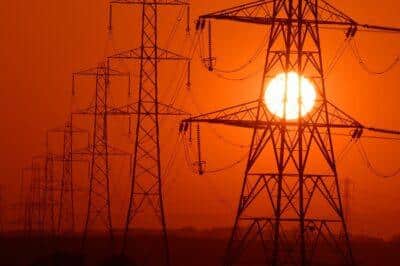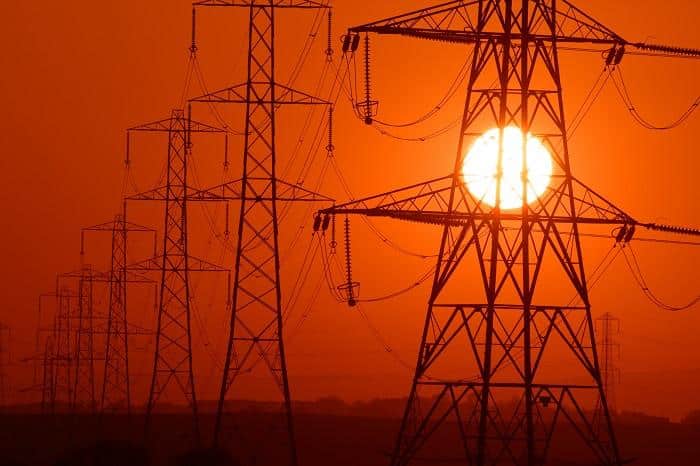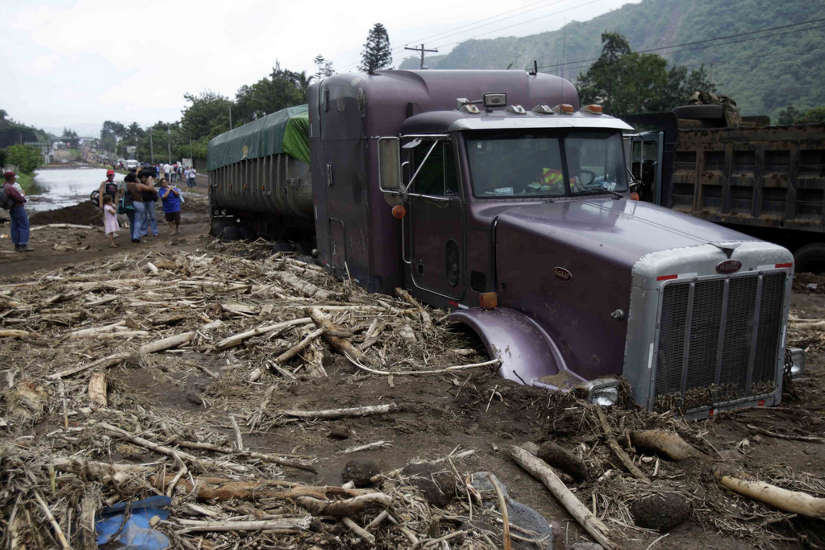
A top FBI agent has admitted that the electric power grid is vulnerable to acts of sabotage but he denied claims that an attack on an electric substation in Silicon Valley last year was terrorism.
John Lightfoot also said that the FBI does not know who shot up a Pacific Gas & Electric (PG&E) substation outside San Jose that caused outages and $15 million worth of damage.
The mysterious gunman who used a semiautomatic rifle to destroy 17 transformers at the facility in Metcalf, California, on April 16, 2013, wasn’t even a good shot, Lightfoot said. Lightfoot told The San Francisco Chronicle that he believes one man was responsible for the damage.
“We don’t think this was a sophisticated attack,” Lightfoot said. “It doesn’t take a very high degree of training or access to technology to carry out this attack.”
Lightfoot may have been trying to calm nerves but his comments may have done the opposite. Was he saying the grid could easily be sabotaged by just one person?
Was it Terrorism or Not?
“Here’s the FBI’s view: This does not fall in our definition of terrorism,” Lightfoot, who heads up the bureau’s counterterrorism efforts in the San Francisco Bay area, told an audience at the Power Grid Resilience Summit.
Harness The Power Of The Sun When The Electricity Goes Out…
Lightfoot’s opinion differs from other observers, including Jon Wellinghoff, the former chairman of the Federal Energy Regulatory Commission, and US Representative Henry Waxman (D-California). Wellinghoff described the Metcalf assault as “the most significant incident of domestic terrorism involving the grid that has ever occurred.”
Waxman called it “an unprecedented and sophisticated attack on an electric grid substation with military-style weapons.”
The attack doesn’t fit the FBI’s definition of terrorism in part because nobody took credit for it or issued a statement justifying the action, Lightfoot said.
“Terrorists want credit for their acts. … There’s been none here, no claims of responsibility,” he said. “At this point in the investigation, based on the information we have so far, we are not aware of any political or social agenda that has been advocated (here), or that this act was carried out to further.”
Only One Person Responsible?
Lightfoot also shot down claims that a sniper or a team of experts was responsible for the attack. Instead, he believes it was carried out by one person with one rifle who wasn’t a very good shot. A recreation of the incident by the bureau showed that it could have been carried out by one person.
“A sniper can hit a target the size of a silver dollar at 300 yards – that’s a sniper,” Lightfoot said. “This guy was standing 60 yards away from a target the size of a house, and we didn’t find as many bullet holes as we found rounds, which means that at least some of the rounds completely missed the target.”
Lightfoot believes the culprit was probably somebody who was simply mad at the power company — possibly a disgruntled employee or ex-employee. Most incidents of grid sabotage investigated by the FBI turned out to be the handiwork of angry employees, Lightfoot said.
Waxman had said the attack was anything but small or trivial.
“Communications were disrupted,” he said. “The attack inflicted substantial damage. It took weeks to replace the damaged parts. Under slightly different conditions, there could have been serious power outages or worse.”
Former CIA director James Woolsey said it “wasn’t hooliganism.”
“This was a systematic attempt to take down the electric grid,” Woolsey said.
Do you believe the power grid is vulnerable to attack? Share your thoughts in the section below:











